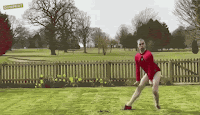The set dresser on a movie is responsible for making the location of every scene look convincing. This may sound easy, but in the magical (i.e. fake) world of movies, this can mean turning a dilapidated warehouse into a swinging 1960s nightclub, or a sunny California bungalow into a “snow”-covered French cottage. One of the set dresser’s primary responsibilities is to select the props that will decorate every scene. If it’s a period film, it’s especially important to be historically accurate, often down to the year that any given product came on the market. (Found a great vintage coffee pot that came out in 1965, but your movie takes place in 1964? Dump it–or face the online wrath of eagle-eyed movie-goers everywhere.)

















































